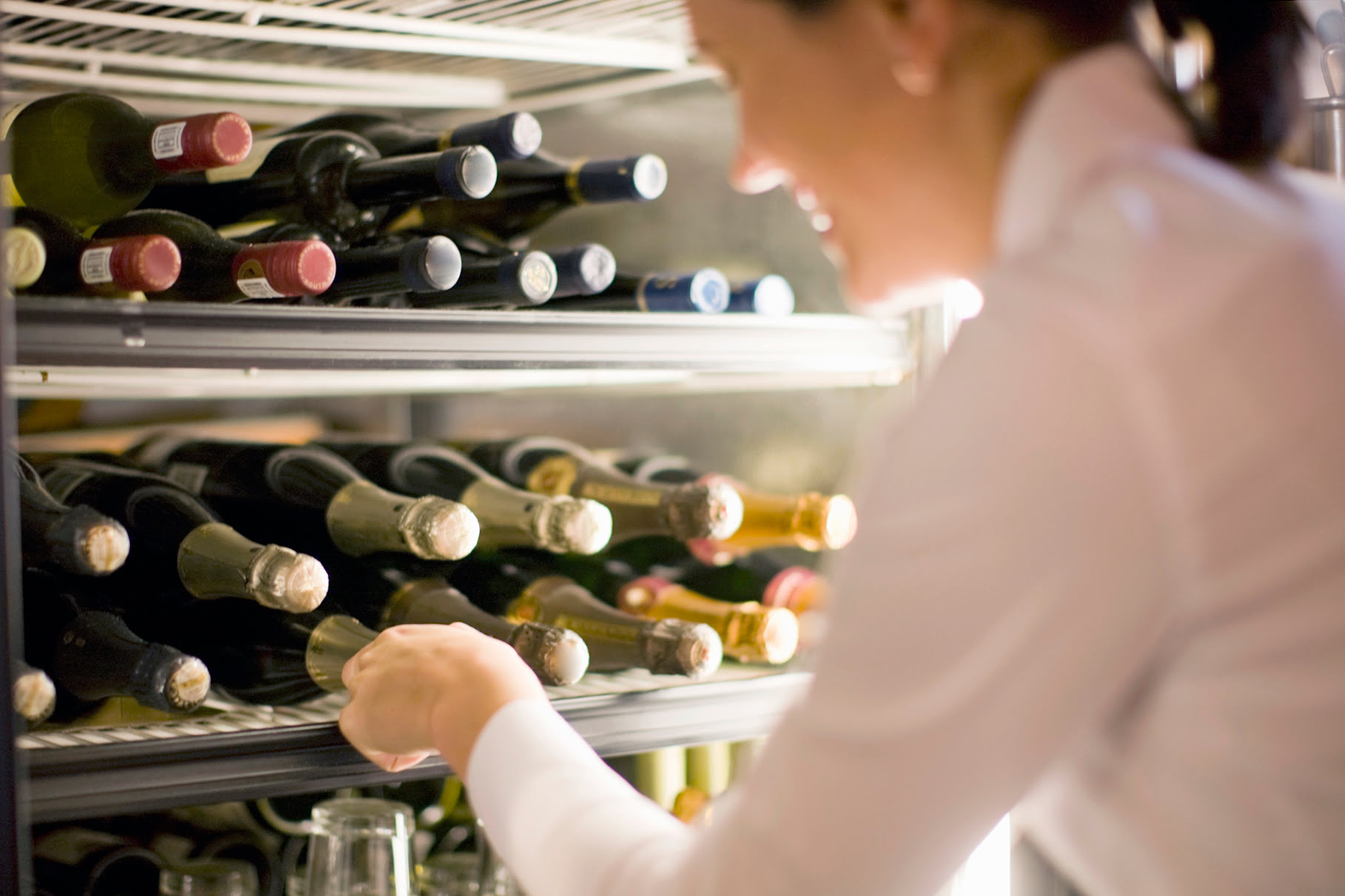

Articles
How Long To Chill Wine In Freezer
Modified: October 20, 2024
Learn how long to chill wine in the freezer with our informative articles. Find the ideal cooling time for your favorite wines and enjoy them at the perfect temperature.
(Many of the links in this article redirect to a specific reviewed product. Your purchase of these products through affiliate links helps to generate commission for Storables.com, at no extra cost. Learn more)
Introduction
Welcome to the world of wine, where each bottle holds a story waiting to be savored. Whether you are a wine connoisseur or simply someone who enjoys a nice glass now and then, one thing remains true – wine tastes best when served at the ideal temperature. Chilling your wine properly can enhance its flavors, aromas, and overall drinking experience. In this article, we will explore the art of chilling wine in the freezer to achieve that perfect temperature.
When it comes to wine, temperature matters. Serving wine too warm can mask its delicate nuances, while serving it too cold can dull its flavors. Finding that sweet spot is crucial to fully appreciating and enjoying your wine. While there are various methods to chill wine, using the freezer is a convenient option that yields quick results.
Key Takeaways:
- Chilling wine in the freezer requires careful monitoring and consideration of factors like bottle size and starting temperature to achieve the perfect serving temperature without over-chilling or freezing.
- Alternative methods, such as using ice buckets or instant wine chillers, provide flexibility for chilling wine when the freezer is not available, allowing for experimentation and personalized wine-drinking experiences.
Read more: How Long To Chill Beer In Freezer
Understanding the Ideal Temperature for Wine
Before we dive into the process of chilling wine in the freezer, it is important to understand the ideal temperature for different types of wine. Each wine varietal has its own optimal serving temperature, which brings out its unique characteristics and flavors.
Generally, white wines are served chilled, while red wines are served at slightly warmer temperatures. White wines should be served between 45°F and 50°F (7°C and 10°C) to preserve their refreshing acidity and fruity notes. On the other hand, red wines are best enjoyed between 60°F and 65°F (15°C and 18°C) to allow their complex flavors and aromas to fully develop.
Keep in mind that these temperature ranges are just guidelines, and personal preference plays a role as well. Some wine enthusiasts may prefer their white wines colder or their red wines slightly cooler. Experimentation is key to finding the perfect temperature that suits your taste.
It’s worth noting that sparkling wines, such as Champagne and Prosecco, are best served even colder, typically around 40°F (4°C). The lower temperature helps maintain the effervescence and crispness of these wines.
Now that we have a basic understanding of the ideal serving temperatures, let’s delve into the factors that can affect the chilling time of wine in the freezer.
Factors Affecting the Chilling Time
When it comes to chilling wine in the freezer, several factors can influence the amount of time it takes for the wine to reach the desired temperature:
1. Starting Temperature: The initial temperature of the wine will impact the overall chilling time. If the wine is already chilled or stored in a cool environment, it will require less time in the freezer. Conversely, if the wine is at room temperature, it will take longer to chill.
2. Bottle Size: The size of the wine bottle can also affect the chilling time. Larger bottles, such as magnums or wine boxes, will take longer to cool compared to standard 750ml bottles due to their greater volume.
3. Freezer Setting: The temperature setting of your freezer plays a significant role in the speed of the chilling process. If your freezer is set to its lowest temperature, the wine will chill faster than if it is set to a higher temperature.
4. Freezer Efficiency: The efficiency of your freezer, including how well it maintains low temperatures and circulates cold air, can impact the chilling time. Older or less efficient freezers may require more time to cool the wine adequately.
5. Type of Wine: Different types of wine have varying densities and alcohol content, which can affect the chilling time. Wines with higher alcohol content, such as fortified wines, may take longer to chill due to their slower heat transfer properties.
6. Glass Thickness: The thickness of the wine glass or decanter can influence how quickly the wine cools down. Thicker glassware retains more heat, requiring additional chilling time.
7. Ambient Temperature: The temperature of the room or environment where the wine is kept can impact the chilling time. If the room is already cool, it will aid in faster chilling, whereas a warmer room may slow down the process.
Keep in mind that while chilling wine in the freezer can be convenient, it is essential to monitor the wine’s temperature closely to prevent over-chilling or freezing, which can alter the taste and texture of the wine. In the next section, we will guide you through the step-by-step process of chilling wine in the freezer.
Step-by-Step Guide: How to Chill Wine in the Freezer
Chilling wine in the freezer is a straightforward process that requires a few simple steps to ensure optimal results. Follow this step-by-step guide to achieve the perfect temperature:
1. Select the wine: Choose the bottle of wine you want to chill. Consider the ideal serving temperature based on the type of wine, as discussed earlier.
2. Preparation: Remove any existing labels or stickers from the bottle that could interfere with the chilling process.
3. Temperature check: Take note of the current temperature of the wine. This will help you monitor its progress and prevent over-chilling.
4. Place in the freezer: Lay the bottle on its side in the freezer compartment. Ensure that it is positioned securely and won’t roll or tip over.
5. Set a timer: Depending on the starting temperature and desired serving temperature, set a timer for approximately 20-30 minutes. This initial timeframe will vary based on the factors affecting chilling time mentioned earlier.
6. Monitor the wine: Keep a close eye on the wine’s temperature using a digital thermometer or by feeling the bottle periodically. Aim to remove the wine from the freezer once it reaches the desired temperature without over-chilling.
7. Check for readiness: After the initial chilling time, check the temperature of the wine. If it is not yet at the desired temperature, you can return it to the freezer for additional time. However, be cautious not to exceed the recommended chilling time for your specific wine to avoid freezing.
8. Enjoy your chilled wine: Once the wine reaches the desired temperature, remove it from the freezer. Serve and enjoy your perfectly chilled wine!
Remember, the time required to chill the wine may vary depending on the factors mentioned before. It is essential to keep a close eye on the temperature and adjust the chilling time accordingly.
In the next section, we will discuss ways to monitor and maintain the wine’s temperature to ensure a delightful drinking experience.
For a quick chill, place a bottle of wine in the freezer for 15-20 minutes. Be sure to set a timer to avoid over-chilling and potential bottle breakage.
Monitoring the Wine’s Temperature
As you chill your wine in the freezer, it’s crucial to monitor its temperature to avoid over-chilling or freezing. Here are a few methods to help you keep track:
1. Digital thermometer: Use a digital thermometer specifically designed for wine to measure the temperature accurately. Insert the thermometer into the wine bottle’s neck, making sure it doesn’t touch the walls or bottom of the bottle as this can affect the reading.
2. Thermal wine sleeve: Consider using a thermal wine sleeve or wine chiller wrap that comes with a built-in temperature indicator. These sleeves wrap around the wine bottle and change color to indicate the wine’s temperature range.
3. Touch test: If you don’t have a thermometer or wine sleeve, you can rely on the touch test. Gently touch the outside of the bottle with your hand. If the bottle feels cold but not icy, it is likely approaching the desired temperature. If it feels too cold or has ice forming on the surface, it may be over-chilled.
4. Taste test: While not as precise as a thermometer, you can also assess the wine’s temperature by taking a small sip and noting the sensations in your mouth. If the wine feels overly cold and numbs your taste buds, it may be too chilled. Conversely, if it feels too warm and lacks freshness, it may need more time in the freezer.
Throughout the chilling process, it’s essential to check the wine’s temperature regularly to ensure it reaches the desired temperature without compromising its quality.
Now that we have covered monitoring the wine’s temperature, let’s move on to some precautions to keep in mind when using the freezer for chilling wine.
Read more: How To Chill A Glass
Precautions When Using the Freezer
Chilling wine in the freezer can be a convenient and effective method, but it’s essential to take certain precautions to avoid any mishaps or damage to your wine. Here are some important precautions to keep in mind:
1. Set a timer: It’s crucial to set a timer when chilling wine in the freezer. Leaving it in for too long can cause the wine to freeze, resulting in expanded liquid and potential bottle breakage. Be mindful of the recommended chilling time for your specific wine and keep track of it.
2. Avoid overcrowding: Ensure that there is enough space in your freezer for the wine bottle to lay flat without touching other items or the freezer walls. Overcrowding the freezer may inhibit proper air circulation and even slow down the chilling process.
3. Protect against vibration: Vibrations can disturb the sediment in older wines and affect their overall quality. Avoid placing the wine bottle near vibrating appliances or items that may cause shaking or movement.
4. Use caution with carbonated wines: If you are chilling a sparkling wine or any carbonated beverage, be extra careful. The carbonation can cause the wine to expand rapidly when frozen, leading to potential bottle explosion. Stick to the recommended chilling time and closely monitor the wine’s temperature.
5. Do not forget about the wine: It’s easy to get distracted and forget about the wine in the freezer, especially if you leave it for an extended period or overnight. Set reminders and keep an eye on the chilling process to prevent over-chilling or freezing.
6. Handle with care: When removing the wine bottle from the freezer, handle it gently to avoid any sudden temperature changes that may cause the glass to crack. Allow the bottle to sit at room temperature for a few minutes before serving to let it adjust to the ambient temperature.
By following these precautions, you can ensure a hassle-free and safe experience when chilling wine in the freezer. However, if you prefer alternative methods for chilling wine, let’s explore some options in the next section.
Alternative Methods for Chilling Wine
While using the freezer is a convenient way to chill wine, there are alternative methods you can explore if you don’t have access to a freezer or prefer different approaches. Here are a few popular alternatives:
1. Ice bucket: One of the traditional and effective methods is using an ice bucket. Fill the bucket with ice and add water. Place the wine bottle in the ice bath and let it sit for about 15-20 minutes, occasionally rotating the bottle to evenly distribute the coldness.
2. Wine cooler sleeve: Wine cooler sleeves are insulated covers that you can keep in the freezer. When chilled, they can be wrapped around the wine bottle to keep it cool for an extended period, depending on the sleeve’s insulation. This method is convenient for maintaining the wine’s temperature during outdoor events or picnics.
3. Instant wine chiller: These devices can rapidly cool your wine by utilizing a chilling mechanism. You attach the device to the wine bottle’s neck, and it chills the wine as it flows through a cooling tube. This method is quick and efficient, bringing the wine to the desired temperature in a matter of minutes.
4. Frozen grapes: If you prefer not to dilute your wine with ice, consider using frozen grapes as a cooling agent. Simply freeze some grapes and drop a few into your glass of wine. The frozen grapes will chill the wine as you enjoy it, without watering it down.
5. Chill your glassware: Another method is pre-chilling your wine glassware. Place the glasses in the refrigerator for about 30 minutes before serving. Chilling the glassware helps keep the wine cooler for a longer period once poured.
These alternative methods provide flexibility and options for chilling your wine when the freezer is not the preferred choice. Experiment and find the method that works best for you and suits the occasion.
Now that we have explored various methods for chilling wine, let’s conclude our discussion.
Conclusion
Chilling wine to the ideal temperature is an essential part of the wine-drinking experience. Whether you’re enjoying a crisp Sauvignon Blanc or a bold Cabernet Sauvignon, serving it at the right temperature can enhance its flavors and aromas, allowing you to fully appreciate the wine’s nuances.
The freezer can be a convenient and efficient method for chilling wine, but it’s important to take precautions and monitor the wine’s temperature closely to avoid over-chilling or freezing. Factors such as the starting temperature, bottle size, freezer settings, and wine type can all influence the chilling time.
By following a step-by-step guide and using various methods of temperature monitoring, you can ensure your wine reaches the desired temperature without any damage or compromise in quality.
If the freezer method is not suitable or available, there are alternative options like using ice buckets, wine cooler sleeves, instant wine chillers, frozen grapes, or pre-chilling your glassware.
Remember, enjoying wine is a personal journey, and finding the perfect temperature is part of that experience. Experiment with different chilling methods, temperatures, and wine varieties to discover the combinations that bring you the most pleasure.
So when your next bottle of wine beckons, take the time to chill it properly and savor the delightful sensory experience that awaits you.
Frequently Asked Questions about How Long To Chill Wine In Freezer
Was this page helpful?
At Storables.com, we guarantee accurate and reliable information. Our content, validated by Expert Board Contributors, is crafted following stringent Editorial Policies. We're committed to providing you with well-researched, expert-backed insights for all your informational needs.
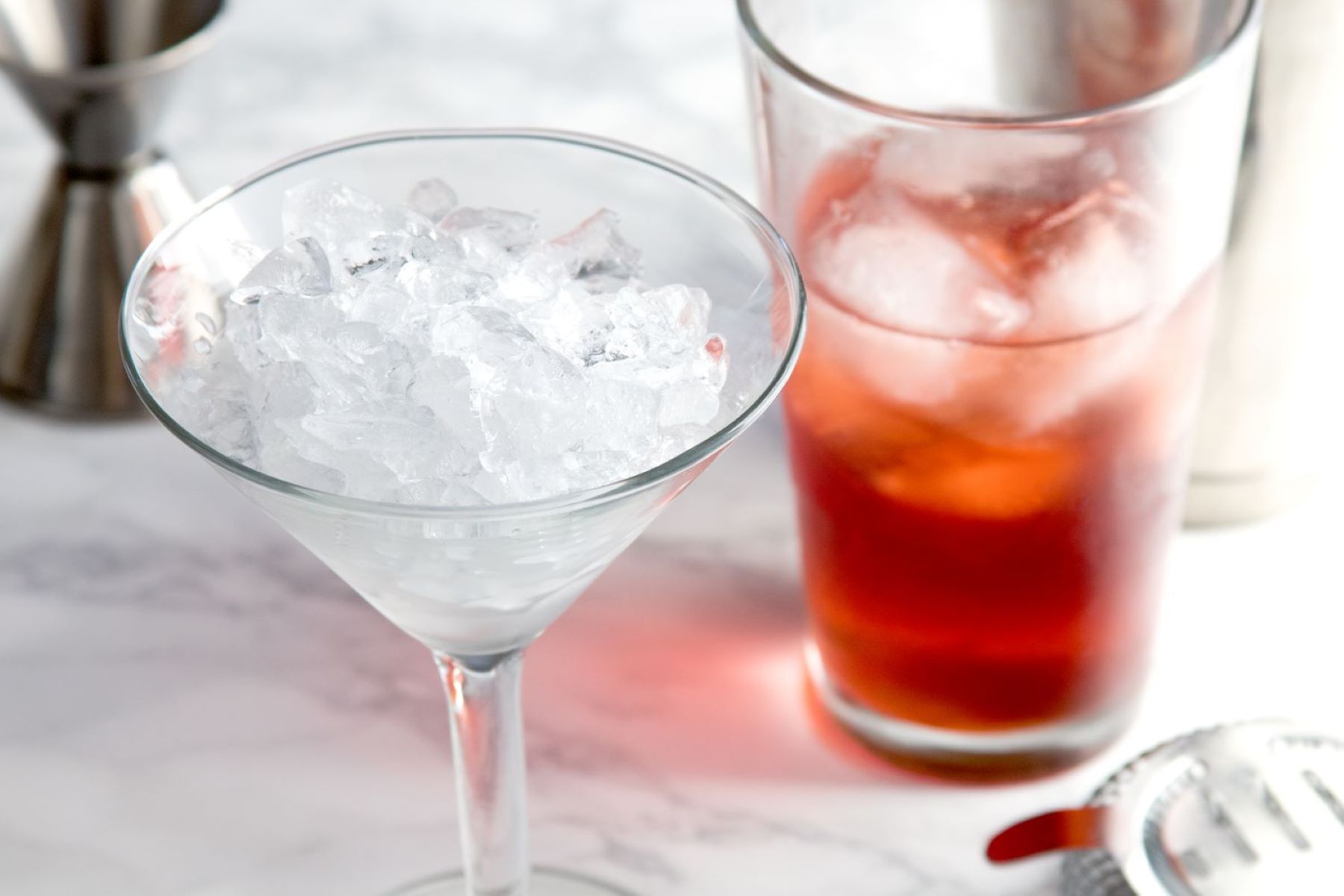
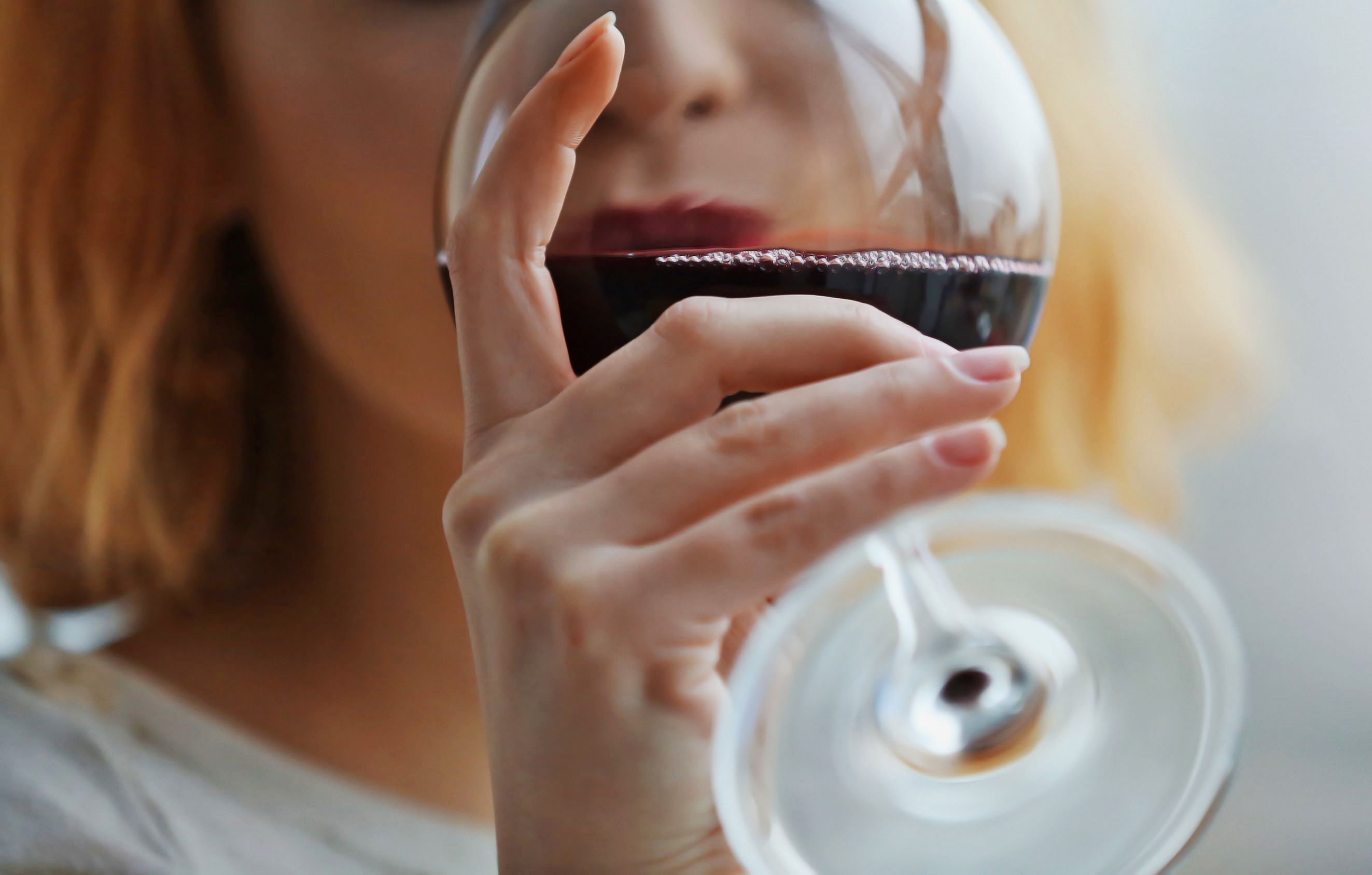
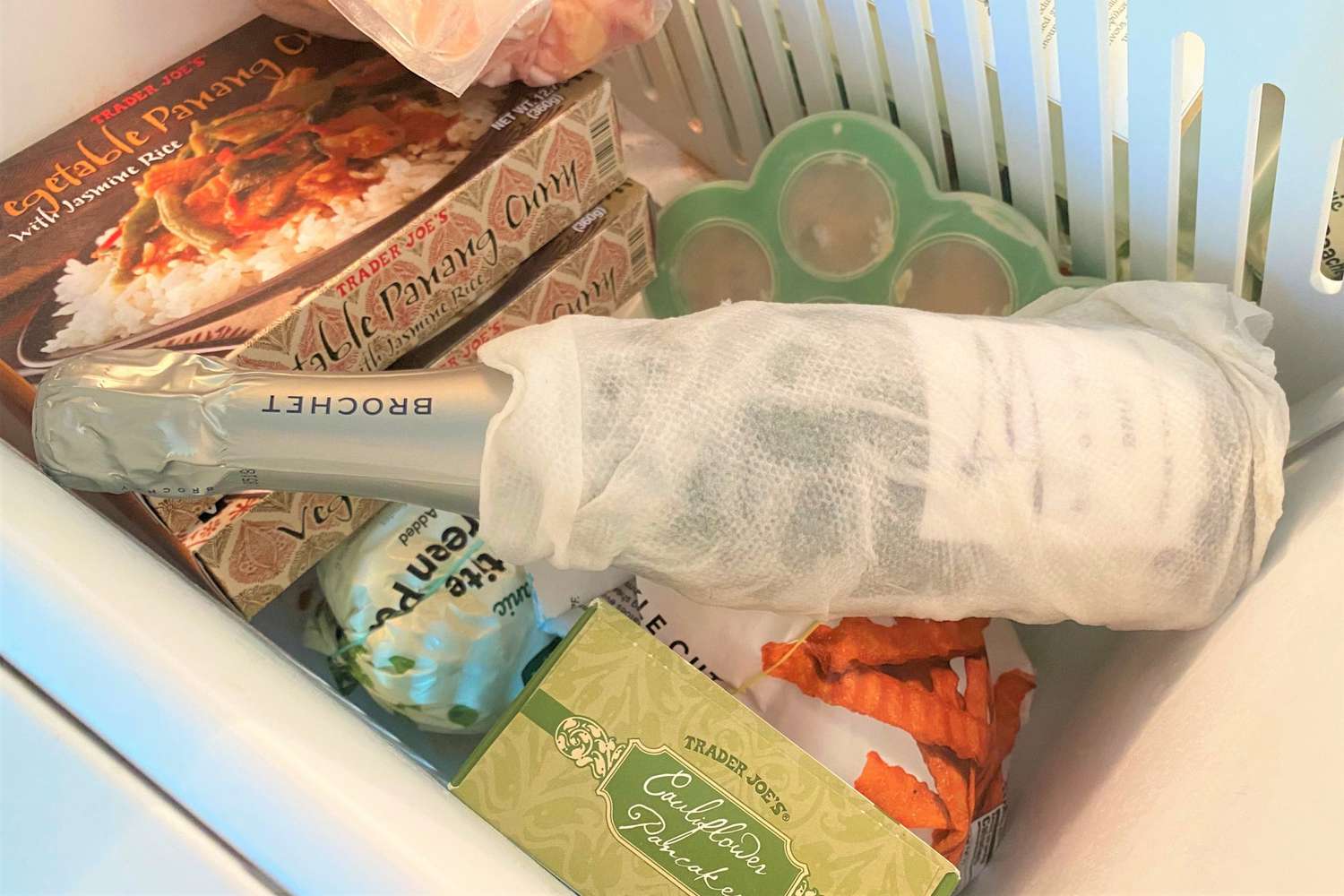
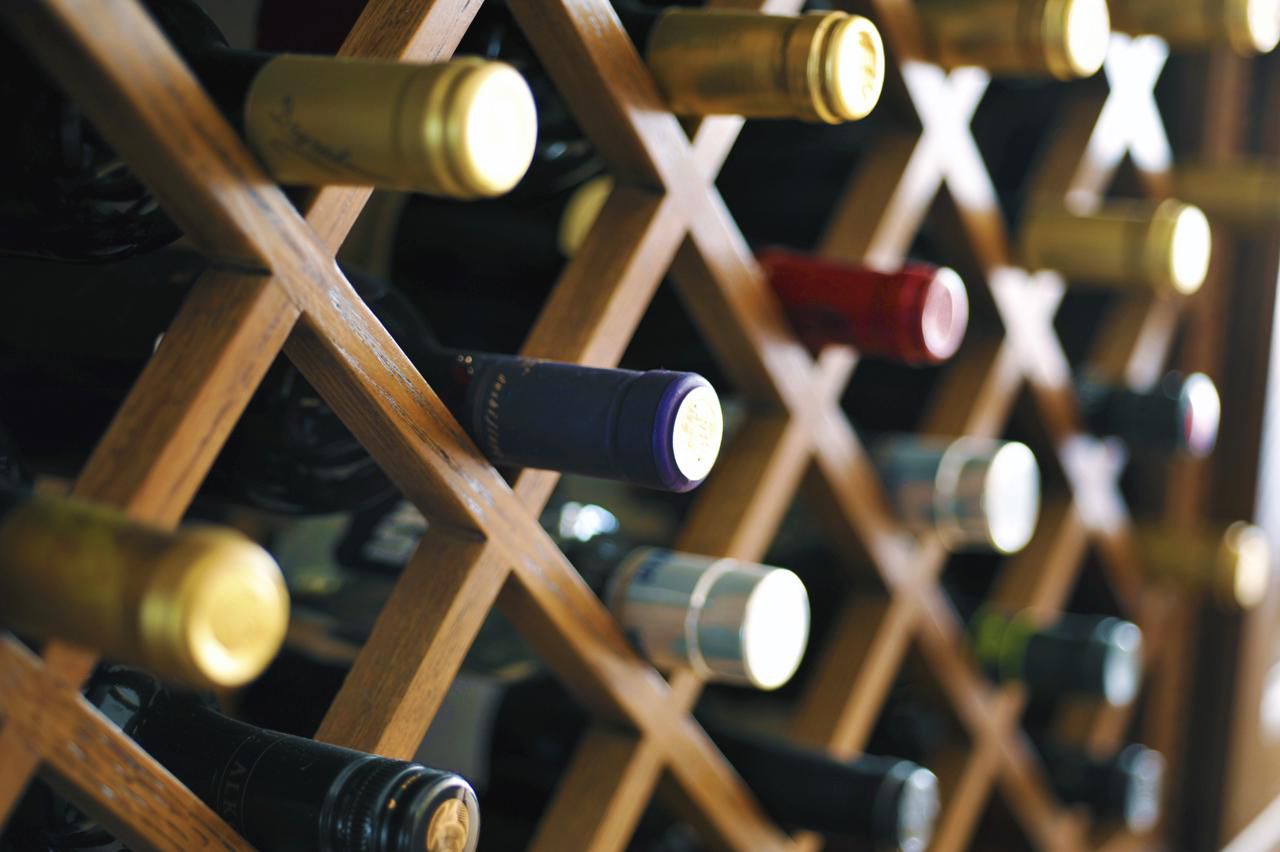
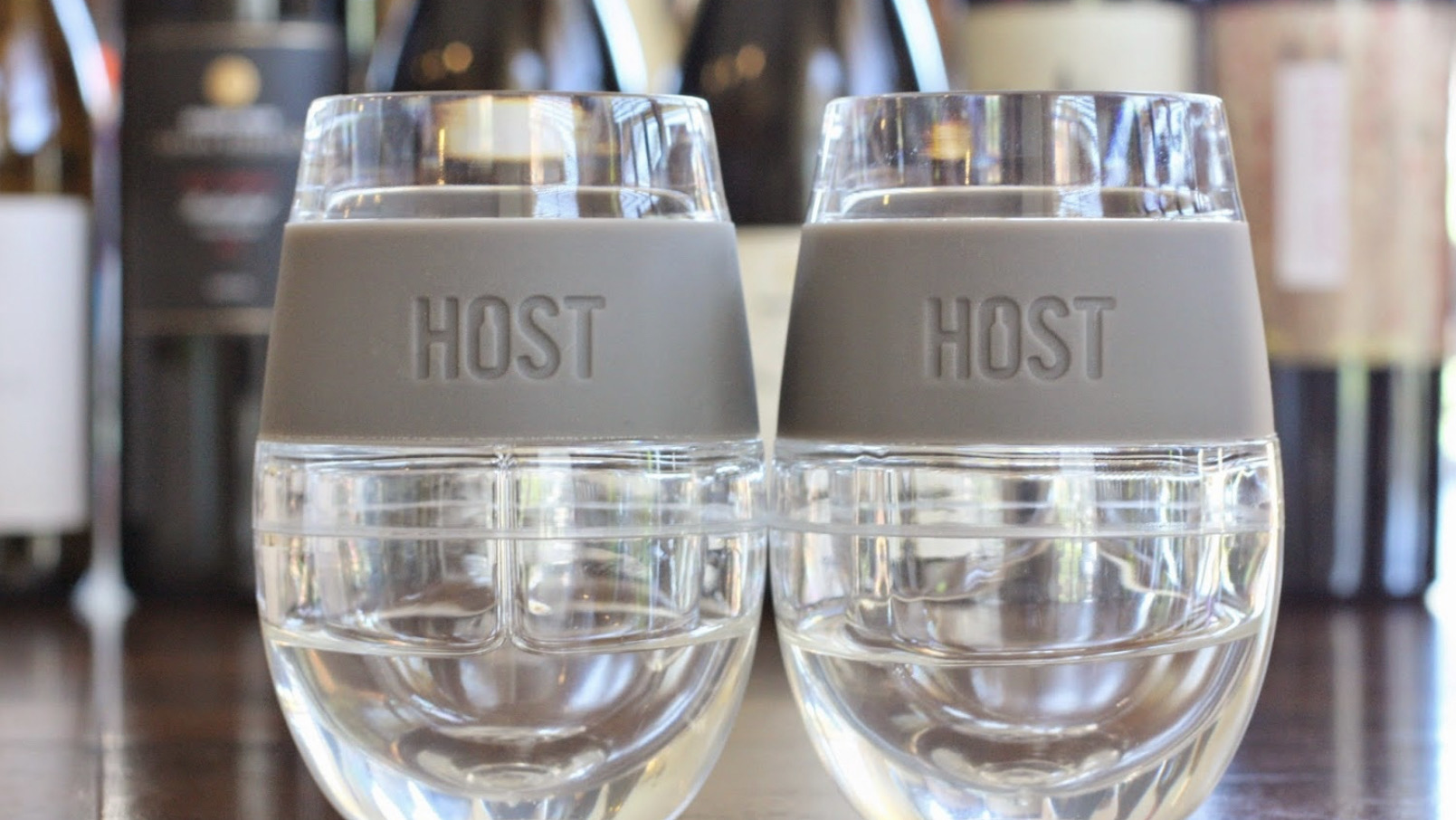
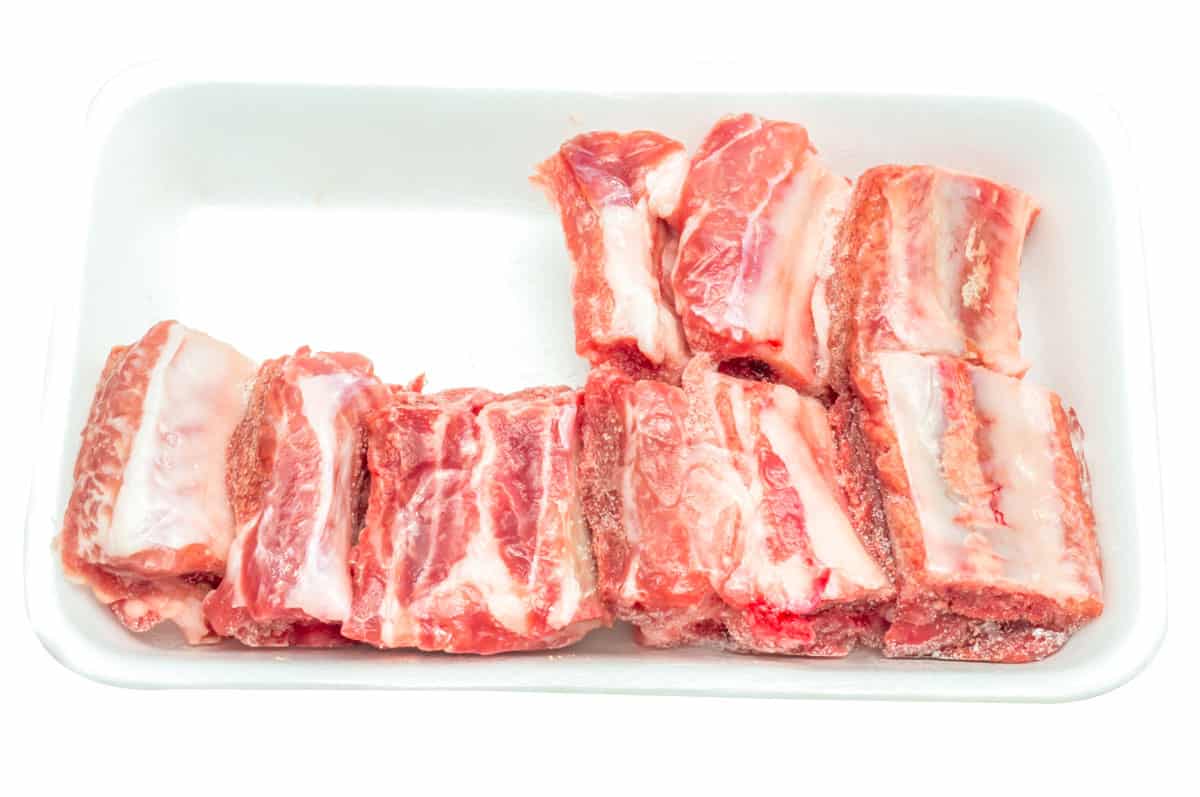
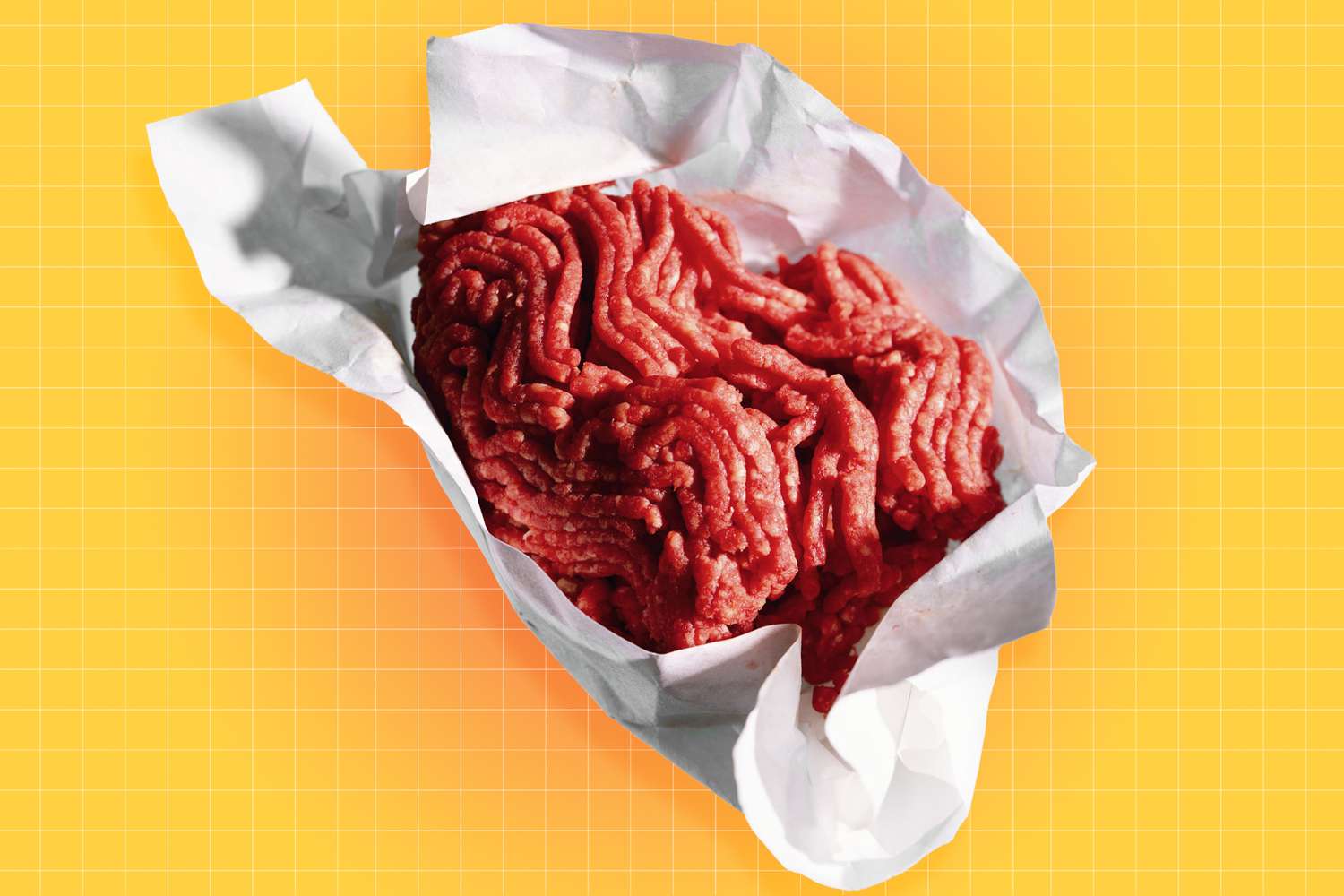
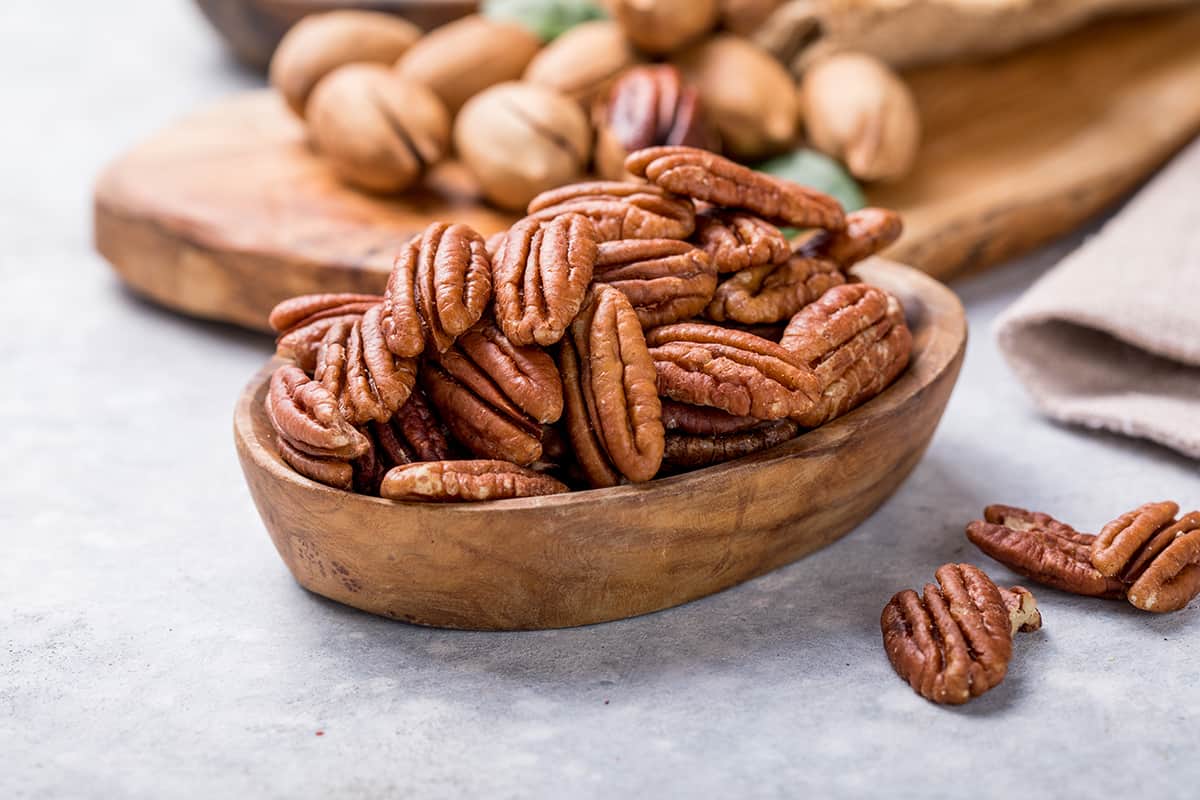
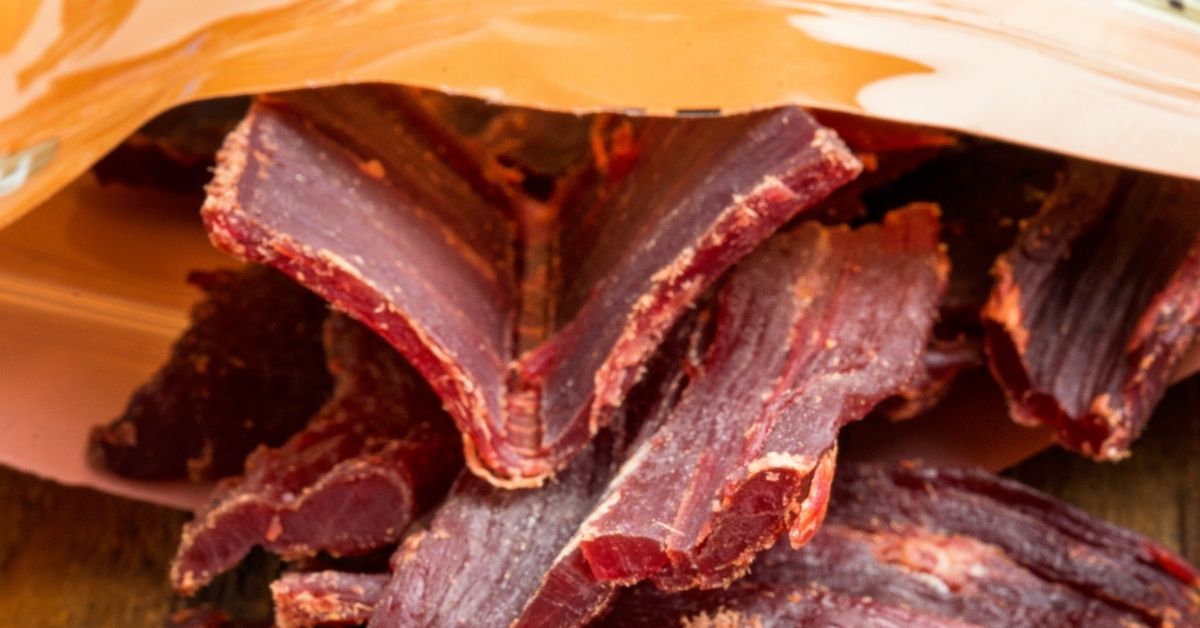
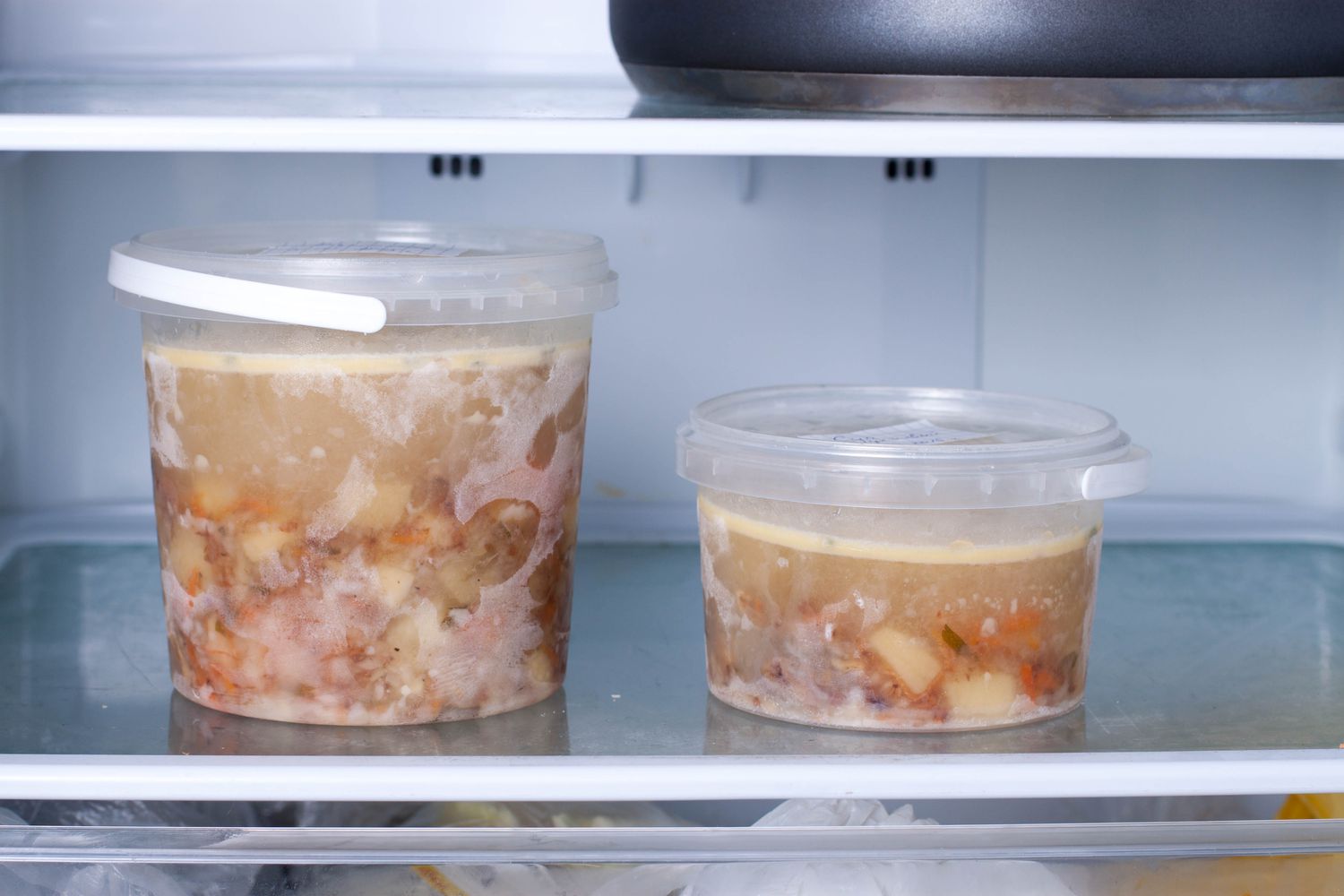
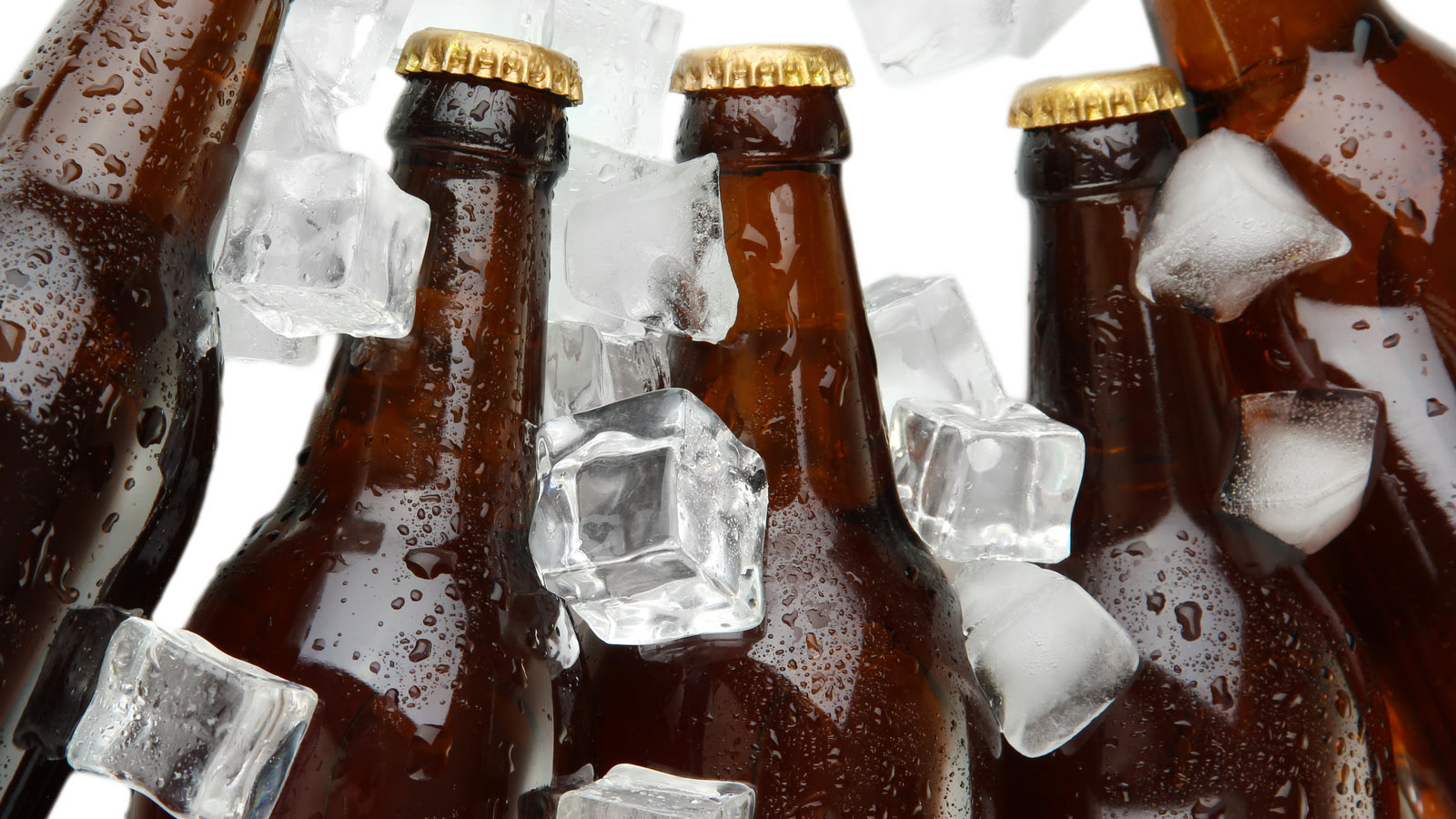
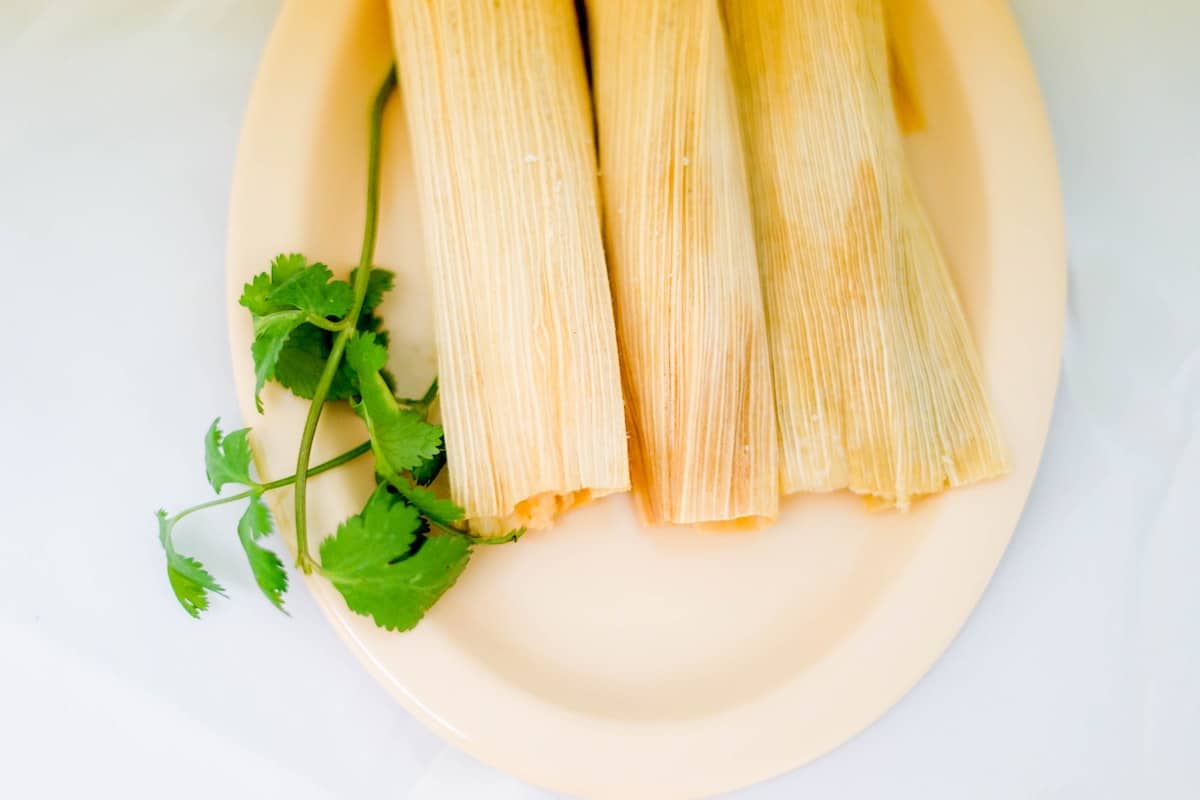
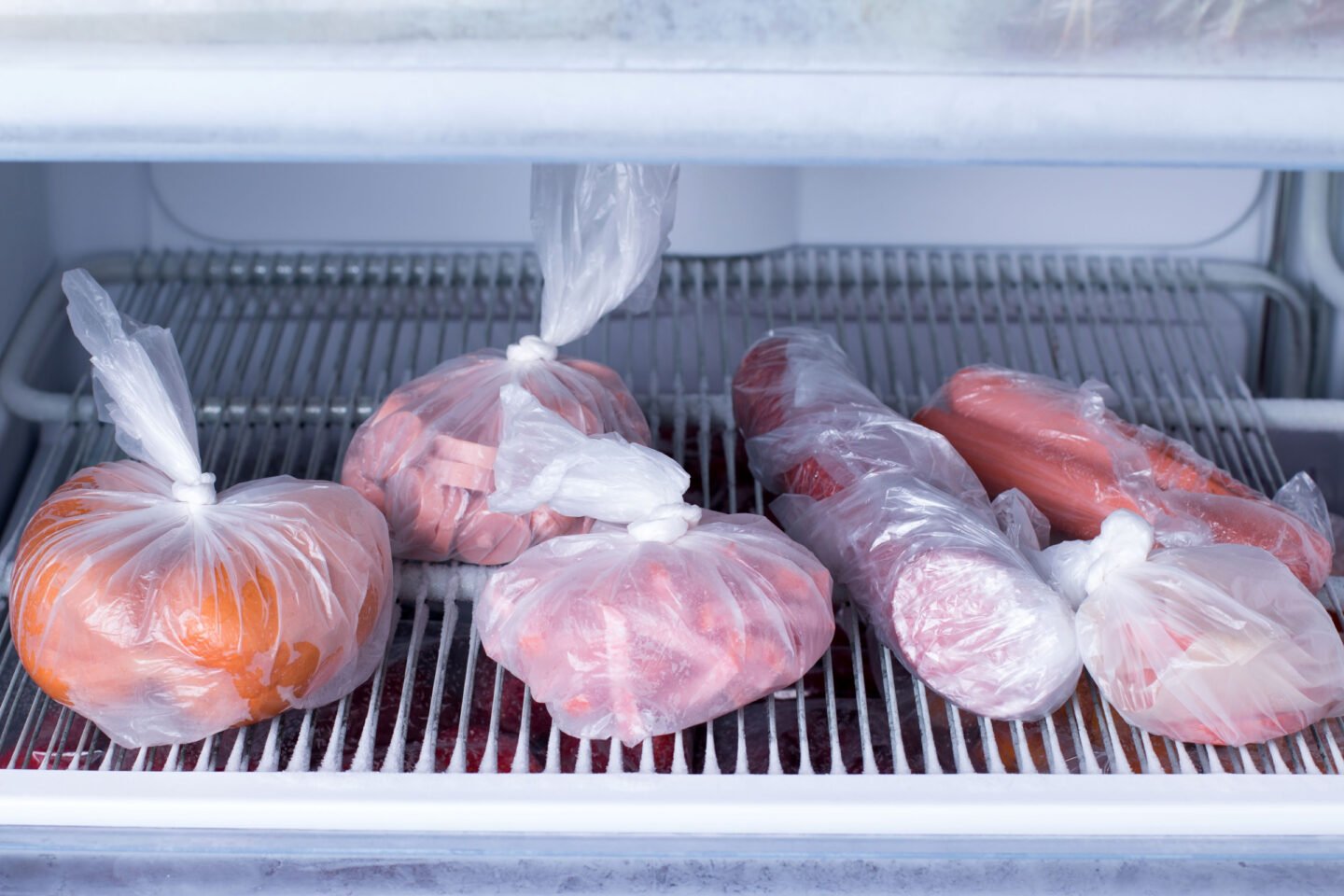


0 thoughts on “How Long To Chill Wine In Freezer”